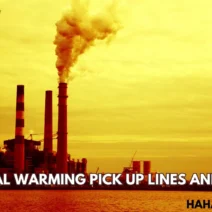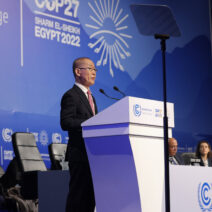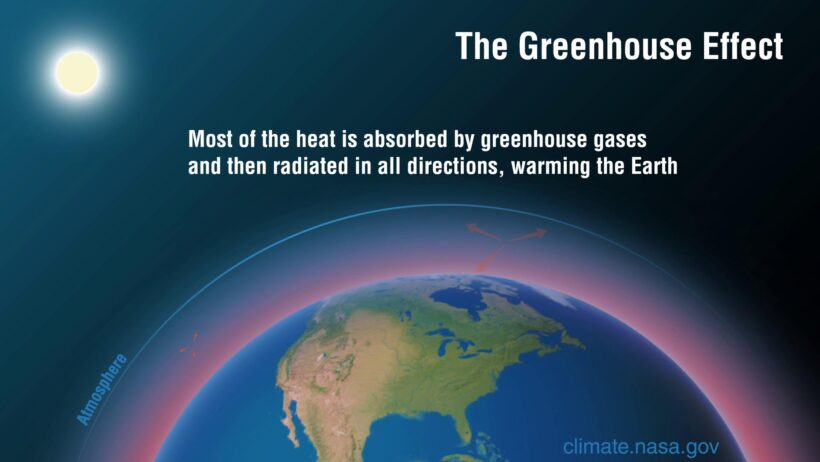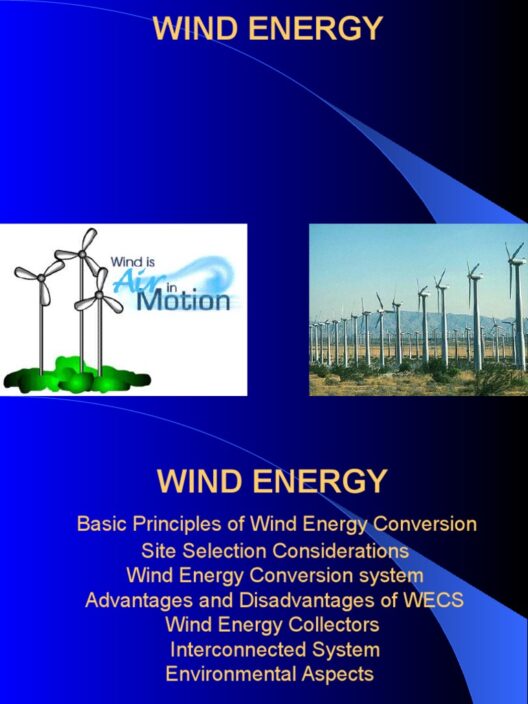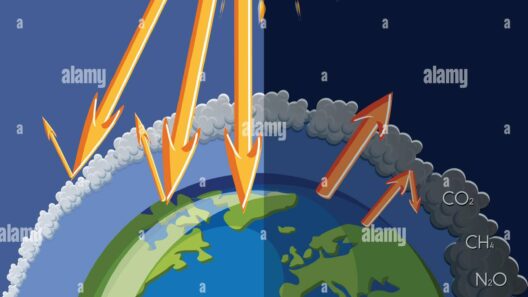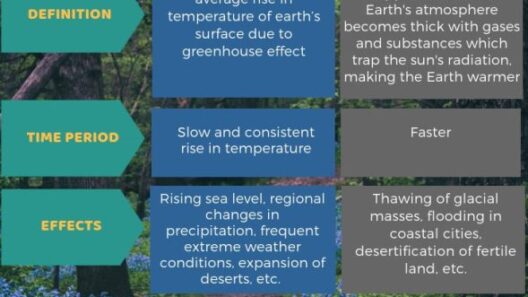The Greenhouse Effect is an essential atmospheric phenomenon that sustains life on Earth by trapping heat from the sun. However, human actions significantly exacerbate this natural process, leading to a rise in average global temperatures and various catastrophic climate-related issues. Understanding how human activities contribute to the greenhouse effect is paramount for effective climate action. This article delves into the multifaceted dimensions of human-induced greenhouse gas emissions, their implications for climate change, and the necessary steps for mitigation.
Human activity has dramatically altered the balance of greenhouse gases in the atmosphere, primarily through the burning of fossil fuels, deforestation, and industrial processes. These activities release carbon dioxide (CO2), methane (CH4), nitrous oxide (N2O), and other potent greenhouse gases, which significantly enhance the natural greenhouse effect. In order to grasp the enormity of this challenge, it is essential to examine the primary sectors responsible for these emissions and their far-reaching consequences.
Coal, oil, and natural gas comprise the cornerstone of the global energy supply. The combustion of these fossil fuels for electricity, heat, and transportation emits a substantial volume of CO2. According to various estimates, the energy sector is responsible for approximately 70% of total greenhouse gas emissions. The shift towards renewable energy sources like solar, wind, and hydropower is imperative, but transition is mired in economic and political complexity.
Transportation is another critical component in the greenhouse gas equation. The reliance on gasoline and diesel fuels for cars, trucks, ships, and airplanes has become a significant driver of climate change. The paradigm of convenience in personal and commercial transportation has led to an explosion of CO2 emissions. Moreover, with the globalization of trade, transportation-related emissions have surged, fundamentally altering the carbon footprint of products as they traverse the globe.
Notably, agriculture contributes to greenhouse gas emissions through livestock production and fertilizer usage. Livestock, particularly cattle, not only produce methane through enteric fermentation but also require vast quantities of feed, which often leads to deforestation. The synthetic fertilizers used in modern farming release nitrous oxide, a gas that is approximately 298 times more effective at trapping heat in the atmosphere than CO2 over a 100-year period. Hence, reevaluating agricultural practices is critical in curbing emissions associated with food production.
Changing land use patterns significantly exacerbate the problem of greenhouse gas emissions. Deforestation, driven primarily by agricultural expansion and urbanization, releases stored carbon in trees while simultaneously reducing the planet’s capacity to absorb CO2. Forests act as carbon sinks, and their destruction drastically diminishes this crucial function. The ongoing loss of biodiversity resulting from habitat destruction further complicates the ecological balance.
Industrial processes also play a pivotal role in greenhouse gas emissions, particularly in cement and chemical manufacturing. The production of cement alone accounts for around 8% of global CO2 emissions. The complexity lies in the reliance on these products for infrastructure development and the global economy’s slow adaptation to more sustainable materials. Innovations in carbon capture and storage technology may provide some relief, but widespread implementation remains a formidable challenge.
The amplification of the greenhouse effect as a consequence of human activities leads to severe consequences for the climate. Rising global temperatures result in melting ice caps, rising sea levels, and an increase in the frequency and intensity of extreme weather events. Ecosystems fail to adapt rapidly enough to such changes, leading to habitat loss and species extinction. Social implications are equally dire, as vulnerable populations are disproportionately affected by food and water scarcity, health crises, and displacement driven by climate disasters.
Addressing the contributions of human activity to the greenhouse effect is complex and requires a multifaceted approach. Global cooperation is crucial, as climate change knows no borders. International agreements like the Paris Accord aim to unify efforts to combat climate change, setting targets for emissions reductions while recognizing the differing capacities of nations. Furthermore, accountability and transparency are needed; countries must reliably report their emissions and progress towards sustainability goals.
On an individual level, grassroots movements advocating for environmental reform and sustainable practices can catalyze significant change. Lifestyle modifications, including reduced energy consumption, sustainable transportation options, and dietary changes, can collectively lower individual carbon footprints. Education and advocacy also play critical roles in cultivating a society that values sustainability, drives policy change, and produces mindful consumers.
Ultimately, the reduction of greenhouse gas emissions requires systemic change across all sectors of society. This collective responsibility is essential to safeguard the environment for future generations. The urgency of the situation cannot be overstated; concerted action must be taken now to mitigate the impacts of climate change and protect the planet we call home. Addressing the intricate weave of human activities contributing to the greenhouse effect is not merely an environmental issue; it is a moral imperative that demands our immediate attention and action.

